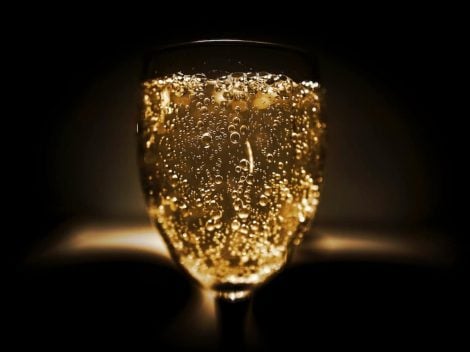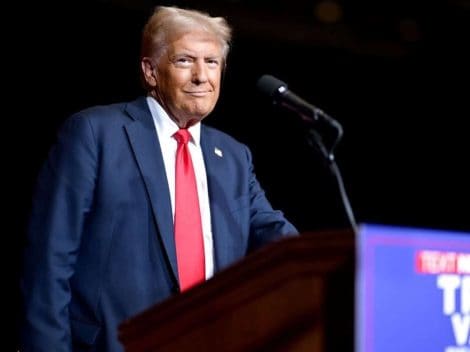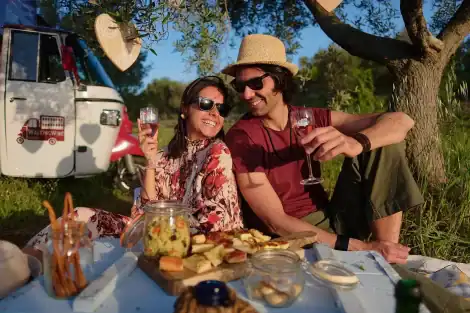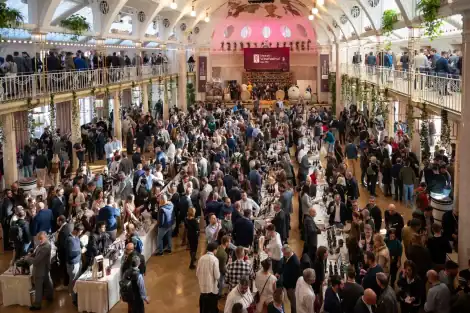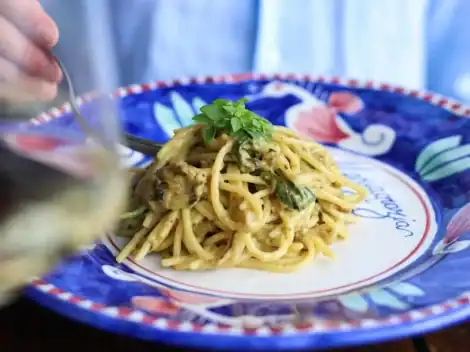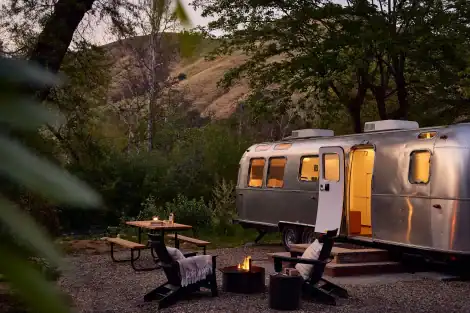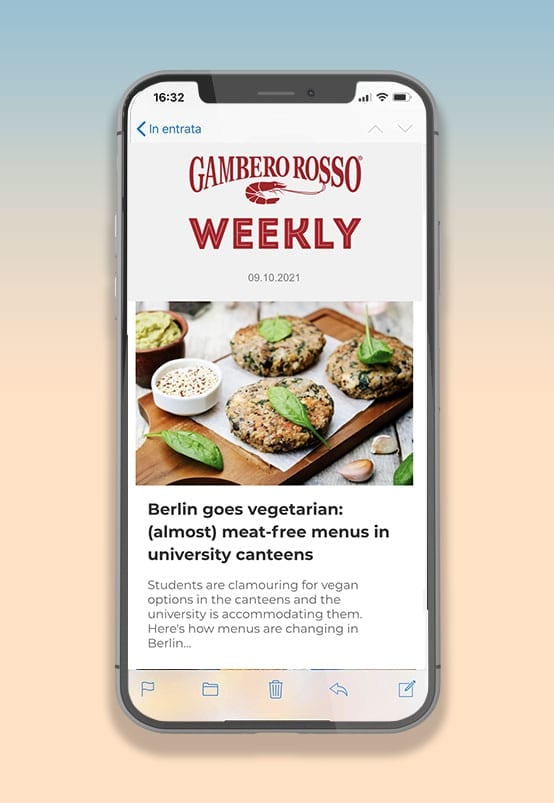The numbers don’t lie: in the world of wine, sparkling wines are holding strong. They remain stable in terms of consumption, in market performance, and in the collective imagination. Denis Pantini (Nomisma) also confirmed this during the 35th anniversary of the Franciacorta Consortium: “In 2010, only 8 out of 100 bottles were sparkling; today that number is 15. And the figure is set to grow.” In fact, sparkling wines are the only category that has grown globally over the past decade.
What’s driving this success? The same forces shaping the wine of the future: sustainability, identity, and health-consciousness.
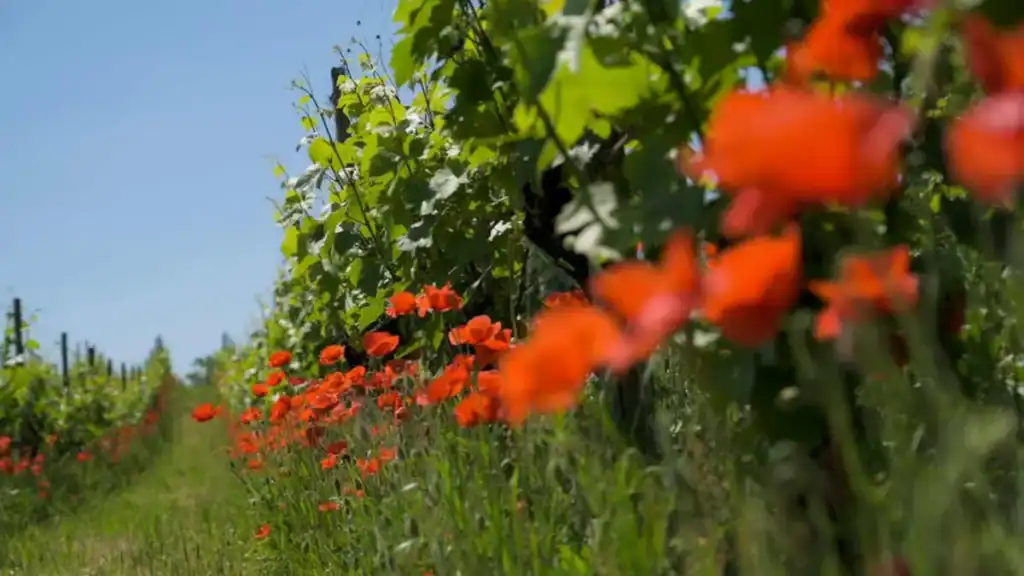
The new path of Metodo Classico
But if we narrow the focus to Italy and to Metodo Classico — meaning secondary fermentation in the bottle — the direction becomes clearer: less emphasis on the method, more on the territory. The excellence quadrant (Franciacorta, Trentodoc, Alta Langa, Oltrepò Pavese) has entered a phase of maturity, although the figures are still small compared to Champagne: 38 million bottles produced in Italy versus 272 million bottles of Champagne. Zoning is becoming more refined, cuvées tell the story of subzones, vineyard parcels, and producer visions. Wood is returning in fermentation, but with a lighter touch: not to add flavour, but to bring harmony. The proportion of reserve wines is increasing — following the French lead — while the sharp acidity of extreme Dosaggio Zero styles is fading, a trend that has made way for bubbles that are more consistent and agronomically well-reasoned.
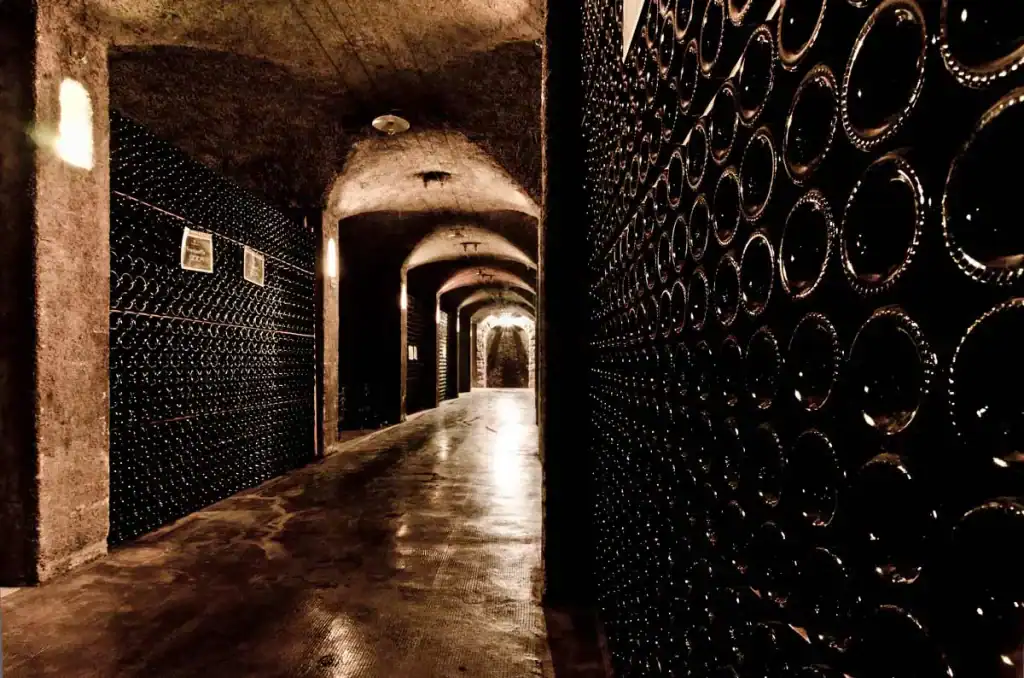
Cantina in Franciacorta (photo by Fabio Cattabiani)
The “Solera Fever”
Then there’s the Solera fever — often more useful as a positive influence than for the absolute results it yields. People are drinking better, production is improving, but communication is still lacking. This is the Italian paradox in a nutshell: producers are making world-class Metodo Classico wines, yet they are consumed (and sold) at their youngest stage. Recently disgorged bottles, often not even noted on the label and rarely mentioned on wine lists.
In the meantime, new grape varieties are entering the scene: Meunier is no longer a curiosity for wine geeks but a real option, with successful experiments especially in Trentino and Oltrepò.
Abroad, Metodo Classico doesn’t perform like Prosecco
The big issue remains exports. Unlike Prosecco, Italian Metodo Classico continues to be a domestic success story, with limited reach beyond national borders. The ideal solution would be a shared international promotional strategy, a united front and multifaceted narrative, capable of highlighting the unique character of each region.
Utopia Brut Zero.

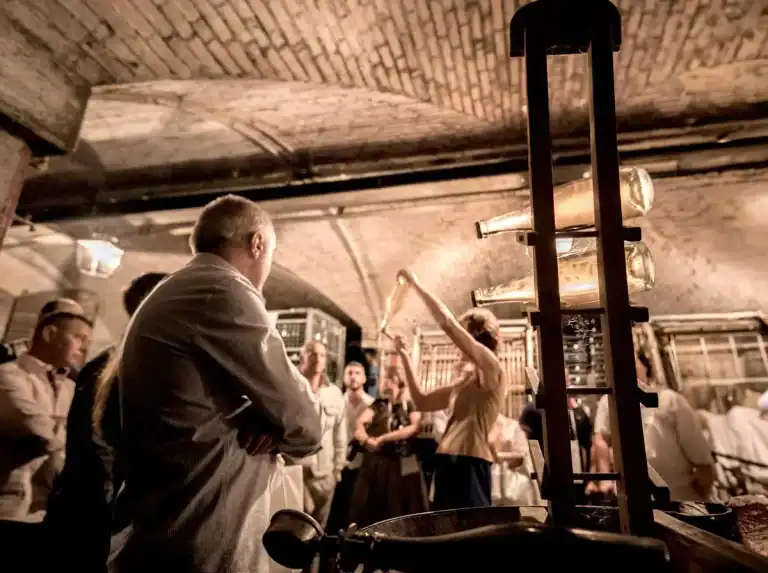
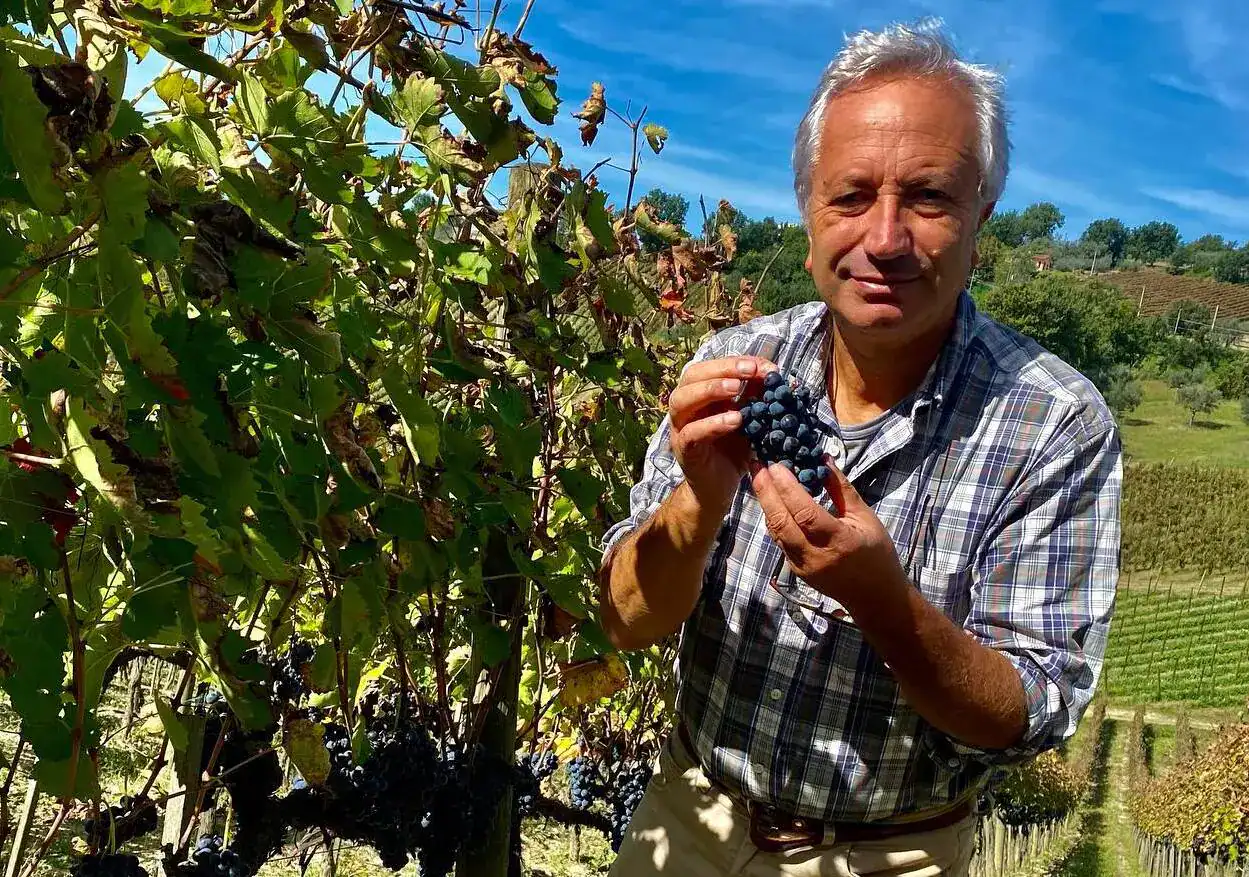 "There are no styles in viticulture. Over the past 30 years we have created too many homogenised wines." The warning from Professor Moio
"There are no styles in viticulture. Over the past 30 years we have created too many homogenised wines." The warning from Professor Moio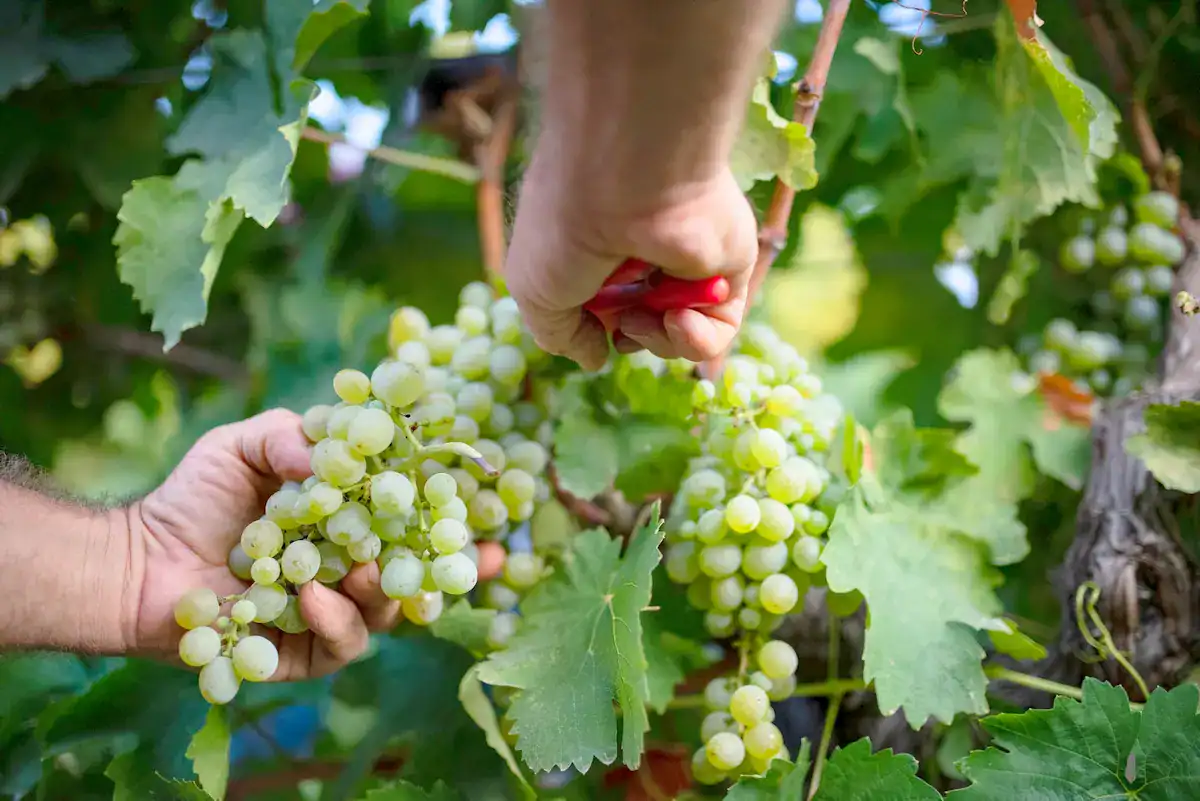 Harvest 2025 kicks off early — starting in Sicily
Harvest 2025 kicks off early — starting in Sicily In the city famous for burrata, there’s a self-taught pizzaiolo who wants to change pizza in Puglia
In the city famous for burrata, there’s a self-taught pizzaiolo who wants to change pizza in Puglia What is astronomical tourism, the new way of travelling in search of the stars
What is astronomical tourism, the new way of travelling in search of the stars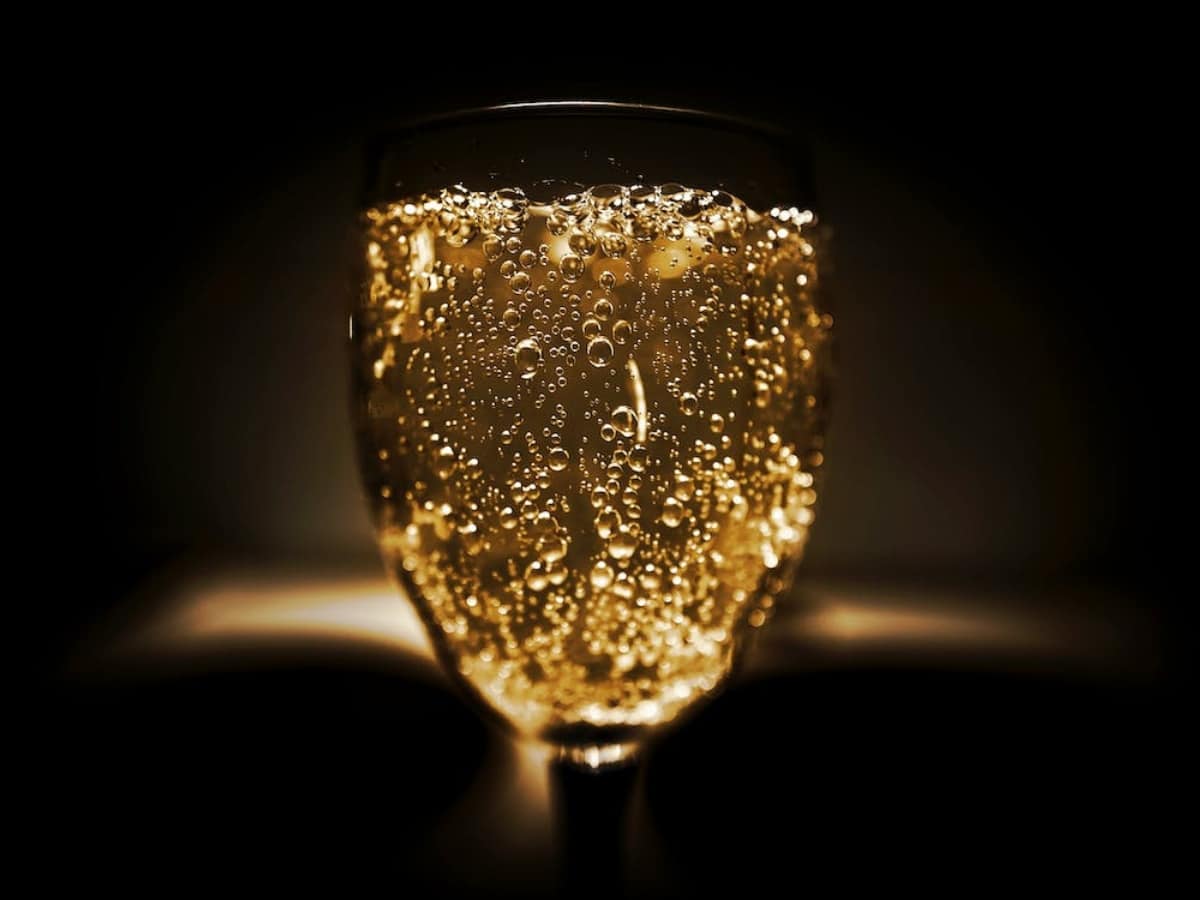 Italy is increasingly the land of bubbles. Here's how wine production has changed over the past ten years
Italy is increasingly the land of bubbles. Here's how wine production has changed over the past ten years